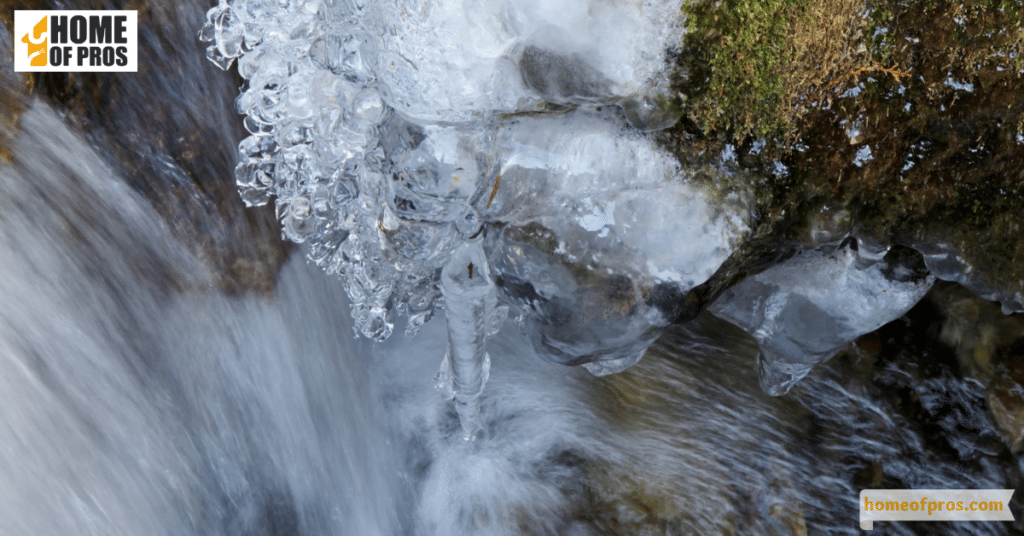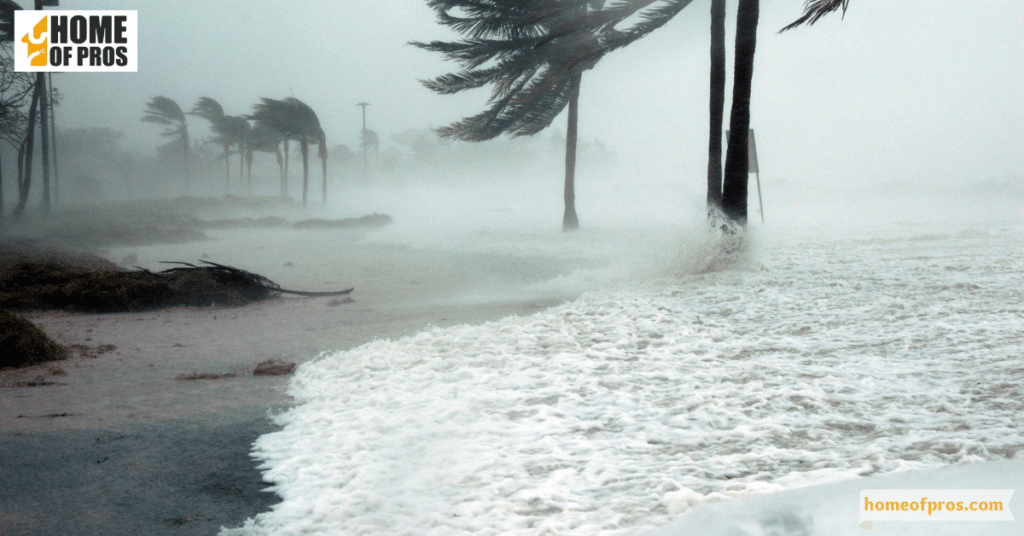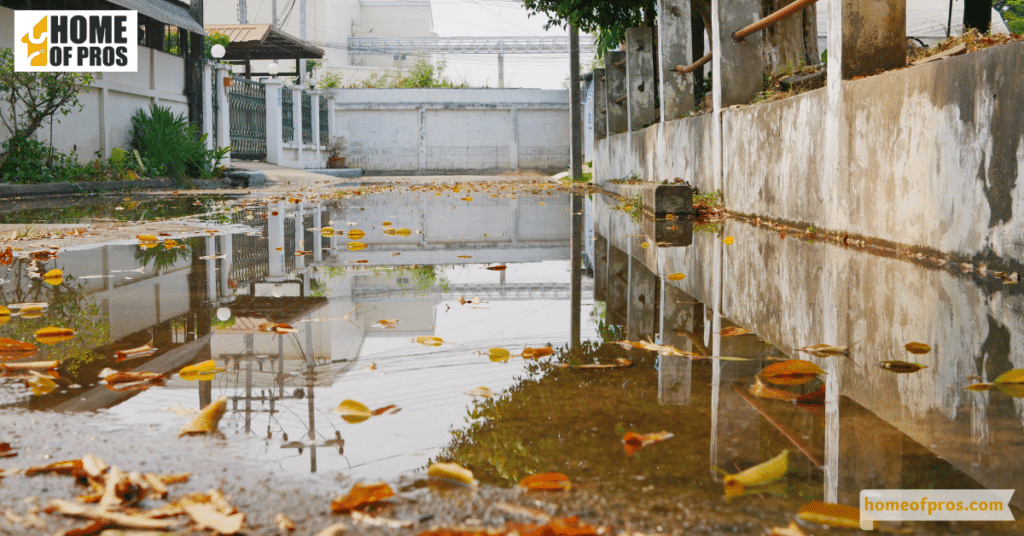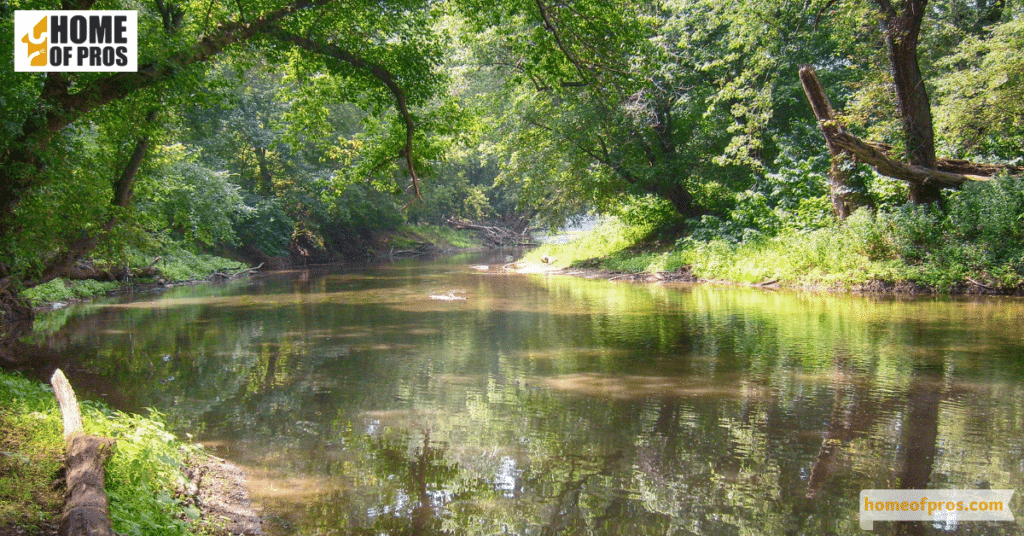Rapid snowmelt, heavy rainfall, and dam failures are among the main culprits behind high water levels. Additionally, factors such as storm surges, clogged drainage systems, changes in land use, and deforestation exacerbate the issue. Understanding these causes is essential to mitigate flooding risks and ensure community safety.
Water sustains life, but when unchecked, it can pose significant threats. With the interplay of climate change and human actions disrupting the balance, it’s crucial to understand what drives high water levels. Join us as we delve into the seven key causes behind this rising concern.

1. Rapid Snowmelt
Snowmelt refers to the process where accumulated snow transforms back into water. As the world grapples with increasing global temperatures, largely attributed to climate change, this transformation happens more quickly. Extended periods of higher temperatures, especially during the transitional phase between winter and spring, mean that snow does not stay in its solid form for long. Instead, it melts rapidly, sometimes even before the ecosystem is ready to handle such an influx.
This untimely and fast release of water poses significant hydrological challenges. Rivers, unprepared for the accelerated snowmelt, can quickly overflow their banks. Such sudden and unplanned influxes put stress on natural and man-made water management systems. Downstream communities, often settled along riverbanks, find themselves at increased risk of flooding. These floods can lead to loss of life, damage property, and disrupt local ecosystems, sometimes having lasting consequences for biodiversity and local economies.

2. Heavy Rainfall
The planet’s meteorological patterns are in flux, largely influenced by changing atmospheric dynamics and global warming. This has led to longer periods of heavy rainfalls and, in some regions, more intense storms. Factors like increased moisture content in the atmosphere, changing oceanic temperatures, and shifting jet streams are all contributors to this trend.
The repercussions of these extended, heavy rainfall events are manifold. Urban areas, with their concrete landscapes, find drainage systems overwhelmed, leading to street floods and disruptions in daily life. For agricultural areas, excessive rain can ruin crops, leading to economic losses for farmers. Natural waterways, too, face changes in flow patterns and increased sedimentation.

3. Dam Failures
Dams are marvels of engineering designed to store and regulate vast quantities of water. However, they are not immune to failures. Causes can range from design flaws, inadequate construction materials, lack of maintenance, unexpected natural events like earthquakes, or even human errors in operation. Moreover, sediment build-up over time can reduce a dam’s capacity, while prolonged exposure to water can weaken its structure.
A dam’s failure is a catastrophic event. The sudden release of massive amounts of water downstream can obliterate communities, causing a loss of life and immense property damage. The deluge can reshape landscapes, erode soils, destroy infrastructure, and significantly disrupt both human and natural ecosystems.

4. Storm Surges
Storm surges arise from strong winds generated by severe weather events such as hurricanes, cyclones, or typhoons. These winds drive sea water towards shores, leading to a sudden and temporary rise in sea levels, well beyond typical tide patterns. Factors like the storm’s intensity, speed, size, and the angle of approach can influence the severity of the surge.
The immediate impact of storm surges is coastal inundation. Coastal habitats, including mangroves and wetlands, can be devastated. Infrastructure and real estate along coastlines suffer damage, sometimes being entirely washed away. The sudden influx of saline water can disrupt freshwater sources, impacting agriculture. Most importantly, storm surges can pose grave dangers to human lives, necessitating evacuations and rescue operations.

5. Clogged Drainage Systems
Urban centers around the world have seen rapid expansion. Often, this growth is not accompanied by the simultaneous development of effective drainage systems. Moreover, improper waste disposal, lack of regular maintenance, and influx of debris during rainfalls contribute to obstructed drains.
Inefficient or blocked drainage systems can wreak havoc during heavy rains. Water pooling can flood streets, basements, and ground-floor structures. Such flooding can damage property, render transportation systems ineffective, and pose health hazards as stagnant water becomes a breeding ground for pathogens and vectors like mosquitoes.

6. Changes in Land Use
As human civilizations expand and evolve, so do their land use patterns. Forests are cleared for urban development or agriculture, wetlands are drained, and landscapes are transformed to accommodate roads and buildings. These changes, along with agricultural practices that may not consider natural water flow, have significant hydrological implications.
By altering the land’s natural ability to absorb and channel water, these changes can lead to unexpected water accumulation in some areas and droughts in others. The land’s altered drainage patterns can lead to flash floods or long-term waterlogging, harming both natural habitats and human settlements.

7. Deforestation
Forests play a multifaceted role in maintaining the planet’s hydrological balance. Trees absorb water, prevent rapid surface runoff, maintain soil structure, and recharge groundwater reserves. Deforestation, whether for timber or to clear land for other uses, disrupts this balance.
The areas stripped of their forest cover face several repercussions. Without trees to anchor them, soils are more prone to erosion. Surface runoff speeds up, leading to flash floods. Groundwater tables drop as recharge rates decrease. This intensified runoff can also increase the siltation of rivers and lakes, impacting aquatic life and water quality.

Conclusion
Our intricate relationship with water, shaped by both natural processes and human intervention, is at a pivotal juncture. From rapid snowmelts to dam failures, a confluence of factors heightens the risk of high water events. Addressing these challenges requires a blend of informed policymaking, sustainable practices, and community awareness. As we move forward, understanding and respecting the delicate balance of our water systems will be paramount in safeguarding both our environment and future generations.












